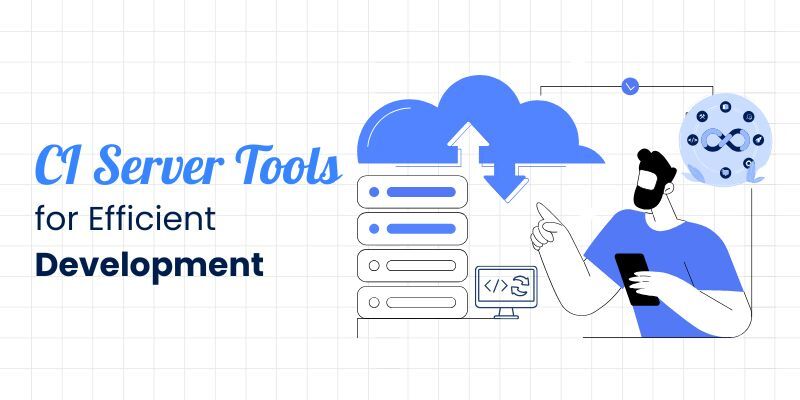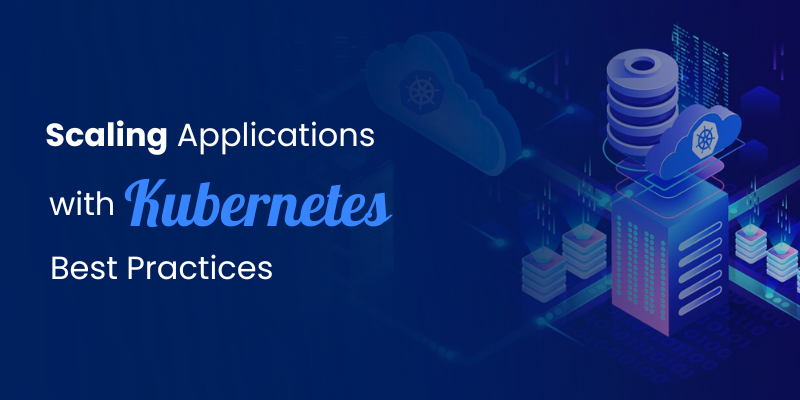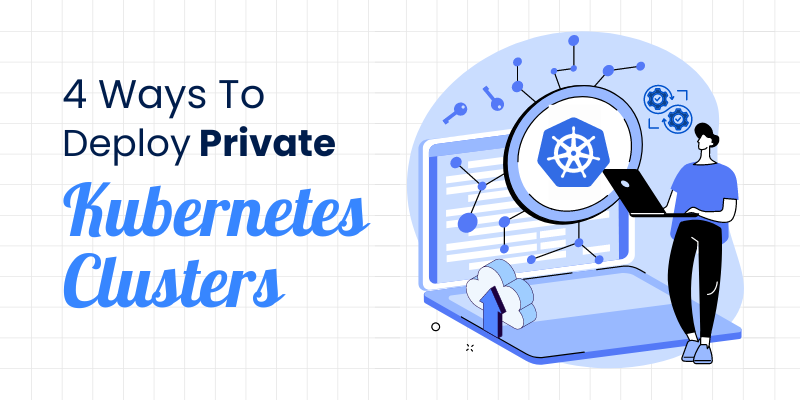
Microservices architecture has become a cornerstone for building scalable and flexible applications, enabling teams to develop and deploy independent components that work seamlessly together. However, this distributed nature brings unique challenges, especially in securing the APIs facilitating communication between these microservices.
APIs are the lifeline of microservices, but they also present potential entry points for cyberattacks. A lack of robust security measures can lead to data breaches, unauthorized access, and other system vulnerabilities.
In this guide, we’ll explore why API security is critical in microservices architecture, and identify common risks and vulnerabilities.
Core Principles of API Security
Securing APIs in a microservices architecture requires adhering to foundational principles that safeguard communication and data integrity. Let’s delve into the key pillars of API security:
- Authentication
Authentication ensures that only legitimate users or systems can access your APIs. Implementing robust methods like OAuth 2.0, OpenID Connect, or API keys helps verify the identity of those making requests, protecting APIs from unauthorized access. - Authorization
While authentication confirms identity, authorization determines what authenticated users are allowed to do. By implementing role-based access control (RBAC) or attribute-based access control (ABAC), you can enforce strict boundaries on actions users can perform. - Data Integrity
Data integrity guarantees that information sent via APIs remains unaltered during transit. Leveraging HTTPS, digital signatures, and hashing techniques ensures that data has not been tampered with. - Confidentiality
APIs often transmit sensitive data, such as personal or financial information. Ensuring confidentiality involves encrypting data in transit and at rest, typically using protocols like TLS and advanced encryption standards (AES). - Rate Limiting and Throttling
Rate limiting and throttling mechanisms protect APIs from being overwhelmed by excessive requests, mitigating the risk of abuse, brute force attacks, or distributed denial-of-service (DDoS) attacks. These controls ensure system stability and fair usage across users.
Tools for Securing APIs in Microservices Architecture
Microservices architecture relies heavily on APIs for communication between services, making their security a critical concern. Below are the tools and techniques to enhance API security in a microservices setup:
1. API Gateways
API gateways play a critical role in API security by acting as a central interface between clients and microservices. They enforce security policies such as authentication, authorization, and rate limiting to prevent unauthorized access and abuse. Additionally, API gateways handle traffic management and provide visibility into API usage, helping identify potential vulnerabilities or unusual behavior.
2. Identity and Access Management (IAM)
IAM systems manage authentication and authorization, ensuring only legitimate users or services can access APIs. These systems control access levels by assigning roles and permissions and protecting sensitive data and actions from unauthorized entities. IAM also supports integration with Single Sign-On (SSO) and Multi-Factor Authentication (MFA), enhancing the security posture of microservices environments.
3. Security Protocols
Security protocols are essential for protecting data exchanged between APIs and their consumers. Using HTTPS ensures encrypted communication, preventing data interception by malicious actors. Protocols like TLS provide an additional layer of data integrity and confidentiality during transmission. OAuth2 secures API endpoints by enabling token-based authentication, ensuring access is only granted to authorized users or applications.
4. Monitoring and Threat Detection: Staying Ahead of Risks
Monitoring tools provide continuous visibility into API traffic, helping detect and respond to threats in real time. Features like traffic analysis and behavior anomaly detection can identify patterns indicative of API abuse or attacks. Web Application Firewalls (WAF) and advanced monitoring solutions enhance security by automatically blocking malicious requests and generating alerts for suspicious activity.
5. Container and Service Mesh Solutions
In a microservices environment, securing communication between services is as important as protecting external APIs. Service meshes provide features like mutual TLS (mTLS) for encrypting internal traffic and fine-grained access controls for service-to-service interactions. These solutions ensure that even internal communications are safeguarded against unauthorized access or eavesdropping.
Best Practices for Securing APIs in Microservices Architecture
Securing APIs in a microservices architecture requires following industry-proven best practices. Here are five essential strategies to enhance API security and resilience:
- Use API Versioning to Manage Changes Securely
API versioning helps manage updates and changes without disrupting existing services or consumers. It allows you to introduce new features or deprecate old ones systematically, ensuring compatibility and security. - Minimize Data Exposure Through Precise Scoping
Limit the amount of data exposed by your APIs to only what is strictly necessary. Use fields, filters, and specific endpoints to control data access, reducing the risk of information leakage. - Implement Circuit Breakers to Handle Failed APIs Gracefully
Circuit breakers detect and prevent cascading failures by stopping requests to unresponsive APIs. This approach helps maintain the overall stability of the system and avoids overloading failing services. - Employ Least Privilege Access Controls
Ensure users and services only have access to the resources and actions they need. Implement role-based or attribute-based access controls to restrict permissions and minimize security risks. - Regularly Update and Patch Dependencies
Keep all dependencies, including libraries, frameworks, and third-party tools, up to date. Regular updates and patches address known vulnerabilities, ensuring a more secure microservices environment.
Wrapping Up
Securing APIs in a microservices architecture demands a comprehensive and multi-faceted strategy. Each layer of security, from API gateways to IAM systems, secure communication protocols, real-time monitoring, and service meshes, plays a critical role in safeguarding APIs from threats and vulnerabilities. These tools and practices not only protect sensitive data and ensure authorized access but also enable seamless and reliable communication between services.
Take Your Microservices Security to the Next Level with BuildPiper!
Discover how BuildPiper can empower your development and security teams to focus on innovation while we take care of your microservices ecosystem.



